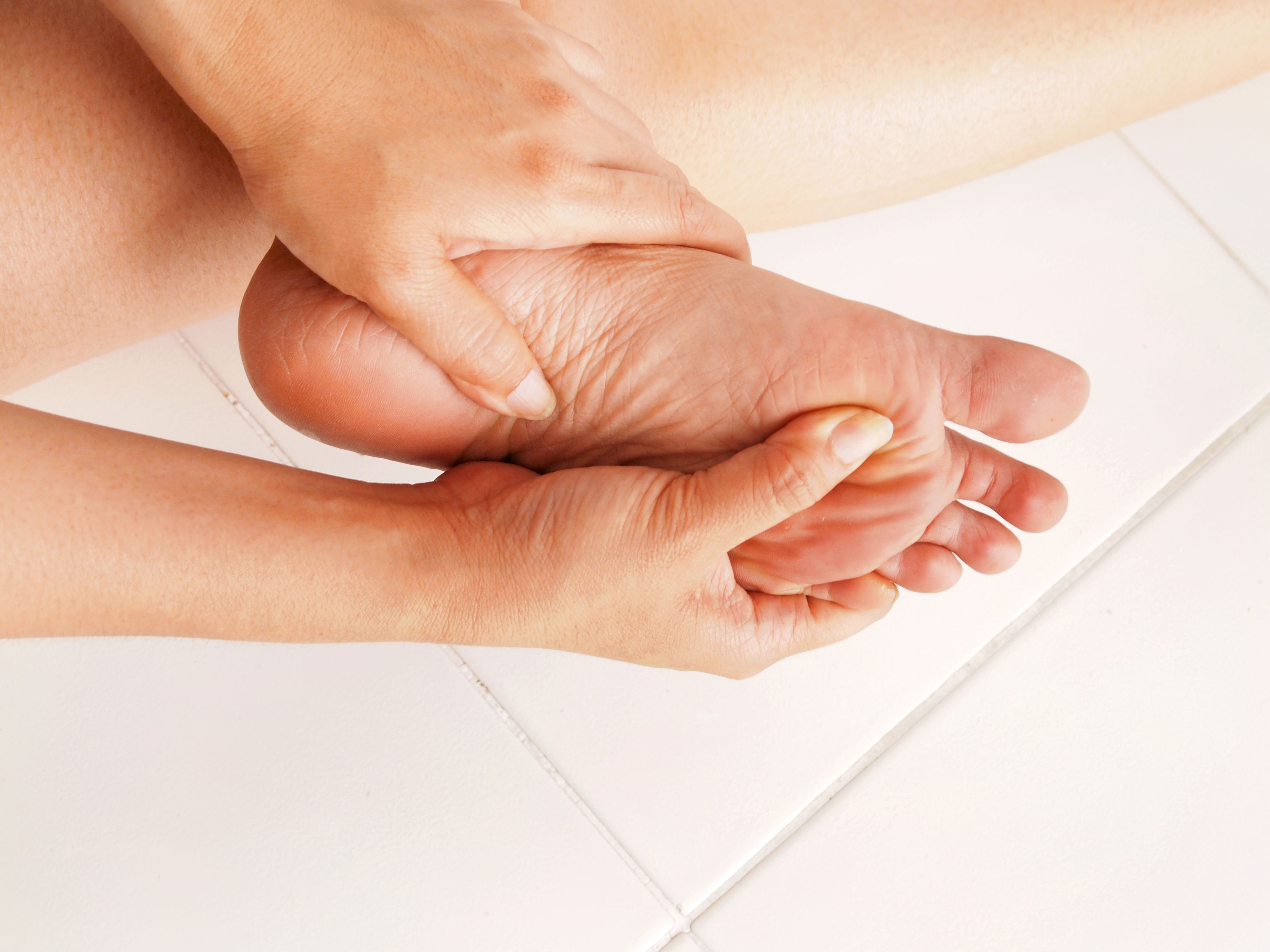DIAGNOSIS
There is no actual test for reflex sympathetic dystrophy syndrome. Your doctor will need to obtain your medical background, perform an accurate physical examination and plan several tests. It is important to diagnose the condition early to prevent it from getting worse.
Tests that your doctor may perform may include:
- Bone scans
- MRI scans
- X-rays
- Sympathetic nervous system tests
- Skin temperature readings
Your doctor may check for other medical conditions before diagnosing RSD. These conditions are treated differently than RSD. They include:
- Arthritis
- Lyme disease
- Muscle diseases
- Blood clots in your veins
- Small fiber polyneuropathies
TREATMENT
Early treatment is essential to prevent RSD from worsening or spreading.
Medications for RSD vary. Some interventions and treatments may help ease and cure symptoms. You may also require physical therapy and psychotherapy to lessen the effects of RSD. You may see that your condition improves with medications, however, some people may have to learn how to control their symptoms.
Interventions for RSD include:
- Transcutaneous electrical nerve stimulation
- Biofeedback
- Peripheral nerve blocks
- Spinal cord stimulation
- Pump implantation
- Sympathectomy, either chemical or surgical, which destroys some of your sympathetic nerves
- Deep brain stimulation
- Intrathecal (in the spine) drug pumps
- Electroacupuncture
A range of treatments is available for RDS, ranging from pain relievers and topical creams to prescription drugs from your doctor. These medications are:
- Anticonvulsants
- Antidepressants
- Beta-blockers
- Benzodiazepines
- Bisphosphonates
- Guanethidine
- Membrane stabilizers
- Muscle relaxers
- Nonsteroidal anti-inflammatory drugs
- Opioids
- Systemic steroids
- Topical anesthetics
- Vasodilators
- Therapies


